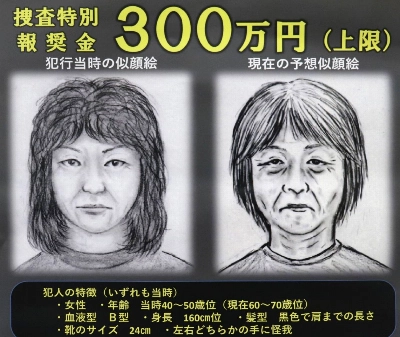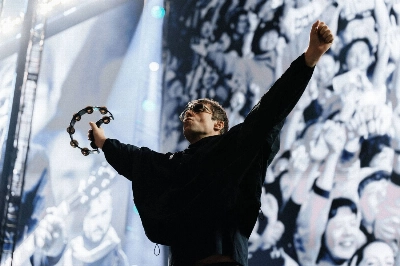In American hands, the deadly serious business of warfare, the very way war is conducted, can seem at times more like an extension of its own pop culture, a cartoon warp of the real grotesqueries.
Some imagery mocks the suffering of victims by its very levity. For example, the pictures of naked women painted onto the fuselages of World War Two B-29s, and the figures languishing like calendar models beside the flame-shaped marks that indicated the number of bombing missions of an aircraft. When asked how they spent the return flights after raining death and unimaginable grief on tens of thousands of unprotected Japanese civilians, crews of such craft routinely described listening to jazz on the radio, or handing around pornographic photos. A patch worn by members of the 17th Air Cavalry, a helicopter unit serving in the later Vietnam war, depicted a hawkish looking bird above the slogan "Patience, my ass. I want to kill something."
By contrast, the impartial and utterly literate war reportage of American journalist and one time Saigon bureau chief Richard Pyle, is nothing if not mature. Pyle's first helicopter run into the fire zone, a sortie that would dispense 90 tons of high explosives in order to reduce a hidden enemy base to a lifeless moonscape, offered "a first taste of war, up close and violent beyond imagination."















With your current subscription plan you can comment on stories. However, before writing your first comment, please create a display name in the Profile section of your subscriber account page.